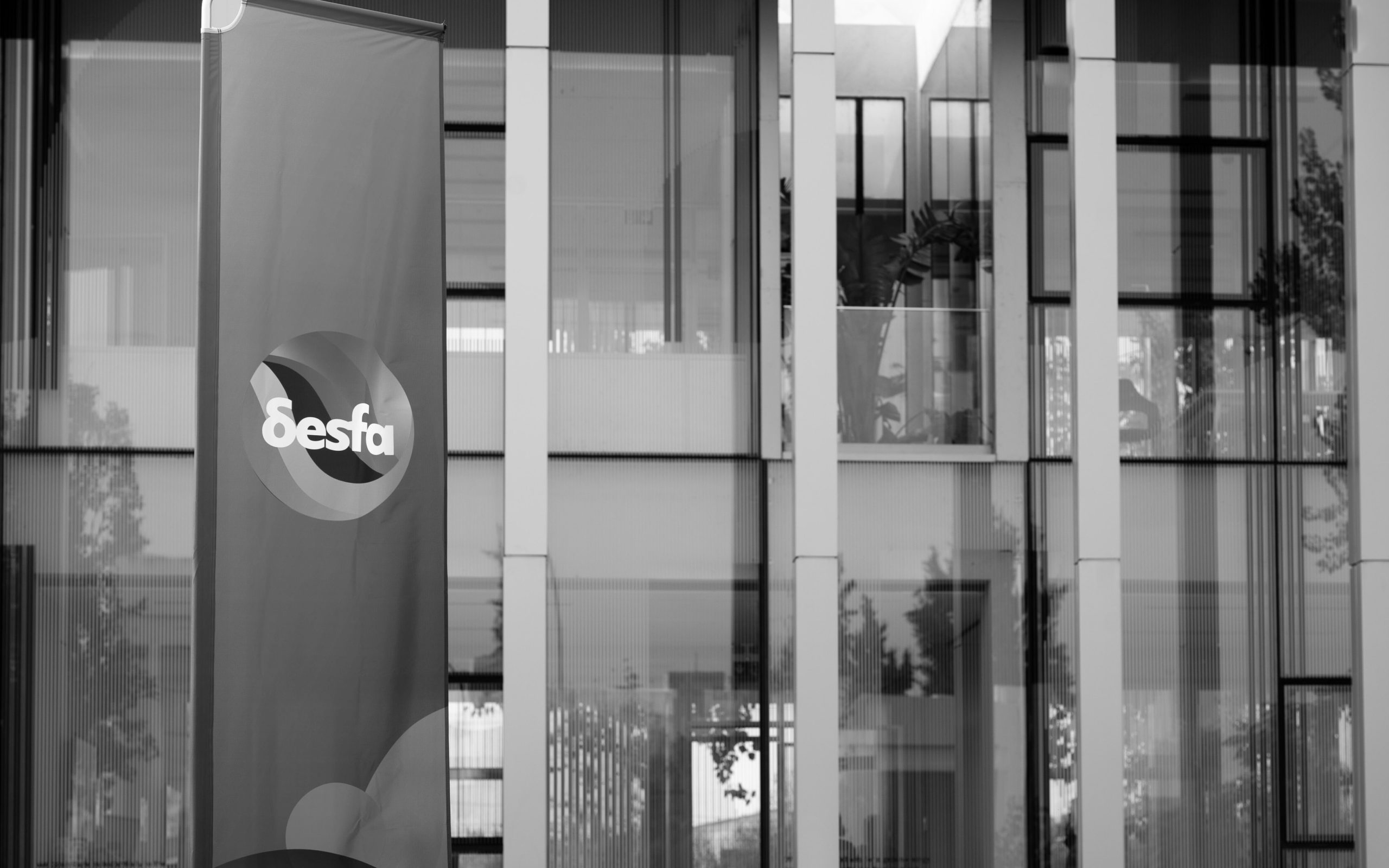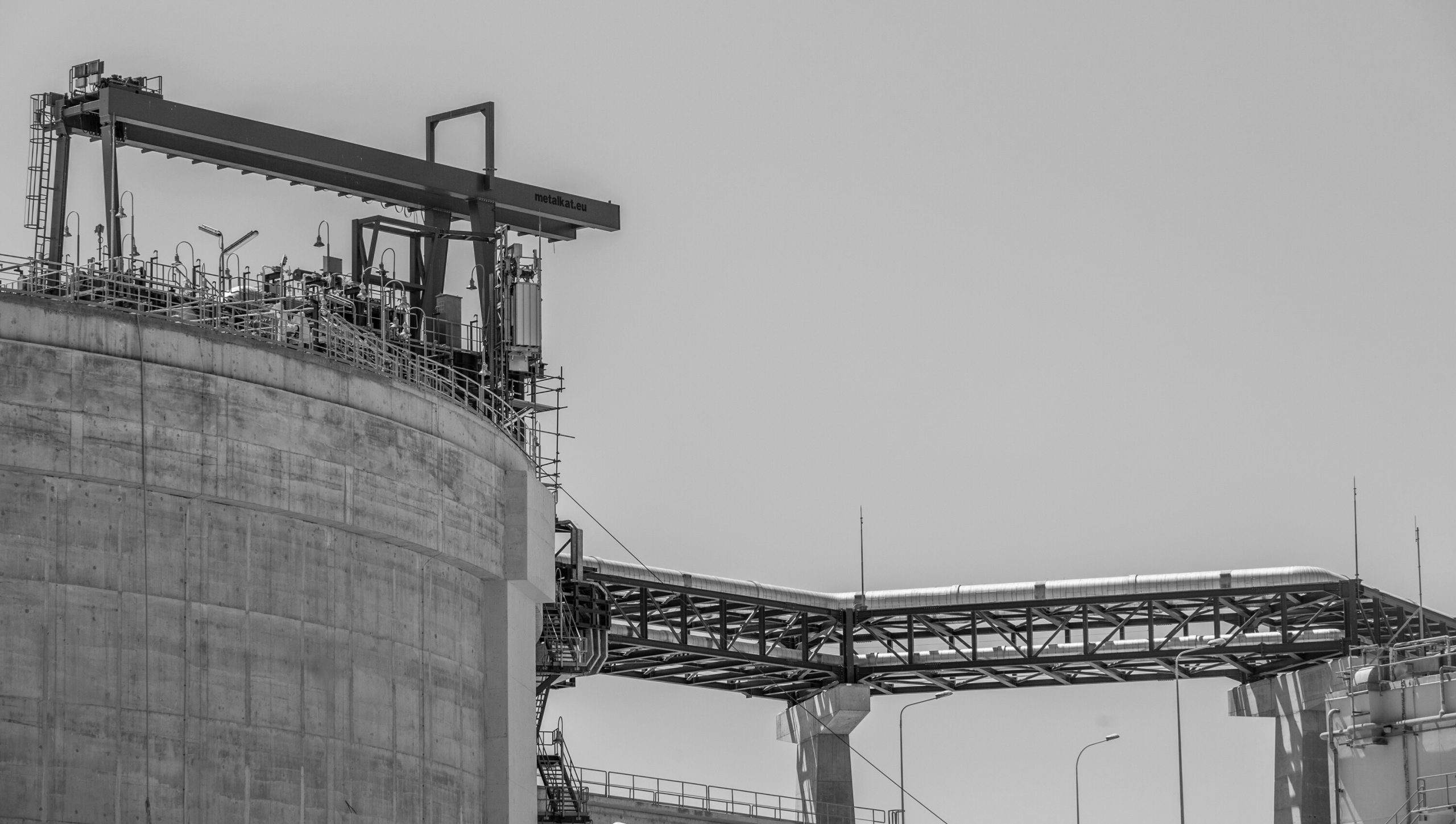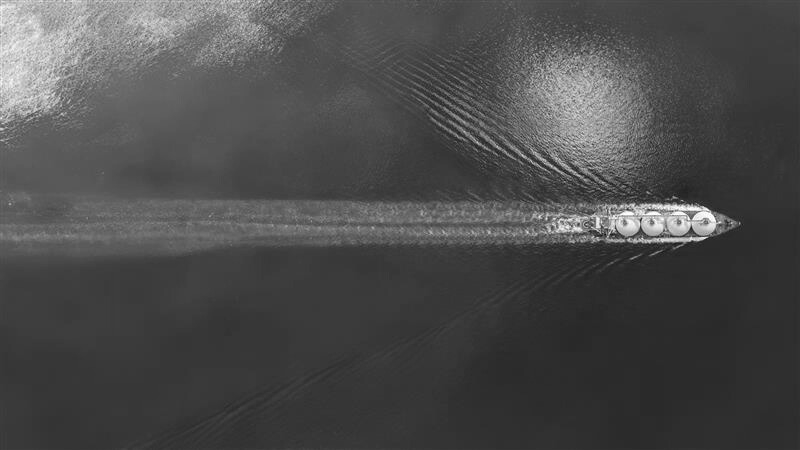The Plan includes a total of 71 projects to strengthen the country’s natural gas export potential and expand the domestic transmission network
The Regulatory Authority for Waste, Energy and Water (RAAEY) approved DESFA’s Ten-Year Development Plan (TYDP) for the period 2024-2033.
The approved National Natural Gas System Development Program 2024-2033 encompasses 71 projects with a total budget of 1.37 billion euros. Of these, 68 projects are included in the three-year development period, representing a corresponding investment cost (CapEx) of 1.34 billion euros. Three new projects, with a combined budget of 18.98 million euros, are included for the first time, while the remaining projects were included in previous Development Programs and are currently under development.
The investments included in the TYDP 2024-2033 aim to increase the capacity and flexibility of the system, as well as to relieve congestion in critical parts of the NNGS, ensuring the optimal utilization of existing and new infrastructure, such as Alexandroupolis FSRU, TAP and ICGB pipelines. The investment program also aims to strengthen the country’s natural gas export capacity, contributing to the further diversification of supply sources and the energy security of Greece and the wider region, including through the development of new interconnections.
Simultaneously, it aims to expand the transmission network to provide access to natural gas in new areas and markets, including through the development of the Small-Scale LNG value chain. Finally, in line with DESFA’s decarbonization strategy, a series of projects are included to prepare the NNGS for the introduction of renewable gases, with a focus on hydrogen. Notable planned investments include:
- New Karperi-Komotini Pipeline: The 215 km-long pipeline will connect Karperi with Komotini, running parallel to the existing natural gas transmission infrastructure in the area. Its purpose is to enhance the system’s capacity for increased gas flows between the North and South, addressing bottlenecks and ensuring steady access to new system entry and exit points. The pipeline is ready to accept hydrogen, if market conditions require and allow it, it can be connected in the future to the H2 backbone network development project in Karperi and used for the transport of pure hydrogen to the eastern part of the network. The project is expected to be completed by March 2027.
- Nea Mesimvria – Evzoni – Gevgelija Pipeline: This project aims to interconnect the natural gas transmission systems of Greece and North Macedonia, contributing to further diversification of supply sources for North Macedonia and increasing the use of NNGS infrastructure. The project is considered particularly important as it will strengthen Greece’s role as a natural gas hub. It will also expand the market in the wider region, ensuring more users have access to the NNGS and contributing to lower system charges due to increased usage of domestic infrastructure. The project is expected to be completed by March 2026.
- High-Pressure Pipeline to West Macedonia: A key project under development is the 160 km high-pressure natural gas pipeline to Western Macedonia, while completion is expected by mid-2025. In a later phase, the pipeline will be hydrogen-ready and may be connected to the Greek hydrogen corridor (Dedicated H2 Backbone), becoming part of the renewable gas transport network for the Balkans and Southeast Europe.
- Small-scale LNG jetty in Revithoussa: The new small-scale LNG (ssLNG) jetty in Revithoussa will allow the loading of LNG onto smaller vessels. These vessels will supply LNG to other ships (e.g., cargo, passenger ships) primarily in Piraeus and potentially in other ports. Larger vessels will transport LNG to satellite storage and distribution facilities in other coastal areas of Greece, including ports (such as Patras, as outlined in the Poseidon Med II program) and off-grid facilities where natural gas consumption is deemed feasible, including islands, through virtual pipelines, thereby extending natural gas access to new areas and market.
- High Pressure Pipeline to Patras: Responding to the request of the Region of Western Greece, DESFA is moving forward with connecting the city of Patras and the Industrial Area (B.I.P.E.) to the National Natural Gas System (NNGS), with plans for future expansion to other cities in Western Greece. The pipeline is designed to transport up to 100% hydrogen, aligning with DESFA’s decarbonization plan, and is expected to be operational by March 2027.
- Compression Station at Komotini: This is a critical infrastructure project that will increase the volume of natural gas transported through this node, enhancing the security of supply for Greece and the region. The station will boost gas flows to both the west and east of Komotini, especially in light of the upcoming connection of the Alexandroupolis FSRU to the NNGS and other regional projects. The station is scheduled to be operational by June 2025.
- Compression Station in Ampelia: The compression station in Ampelia, Farsala, is a critical project for DESFA, ensuring the hydraulic adequacy of the National Natural Gas System (NNGS). This is essential due to the increased gas flows from north to south following the operation of the Trans Adriatic Pipeline (TAP) and its connection to the NNGS in Nea Mesimvria. The integration of this station into the system is expected by June 2025.
- Compressor Station for the supply of the TAP pipeline in N. Mesimvria (Booster Compressor): This investment will enable full bidirectional flow operation at the interconnection point (Phase 2 of the project). The station will have two power units of 1.1 MW each and one 3.3 MW unit, with no spare capacity, accommodating flows from very low levels up to 10 million Nm³ per day. The station is expected to be operational by December 2025.
Additionally, the new TYDP includes new projects worth a total of €18.98 million, of which €13.77 million is allocated to investments promoting the energy transition and preparing the NNGS for the reception of renewable gases. Among these is the Amyntaio-Karperi hydrogen pipeline, costing €13 million, which will transport 100% hydrogen to the entry station at Komnina, where it will connect to the high-pressure pipeline. The plan also includes a pilot hydrogen injection facility at DESFA’s new Technical Training Center in Nea Mesimvria, which will be used to measure the safe injection of hydrogen into the grid.







